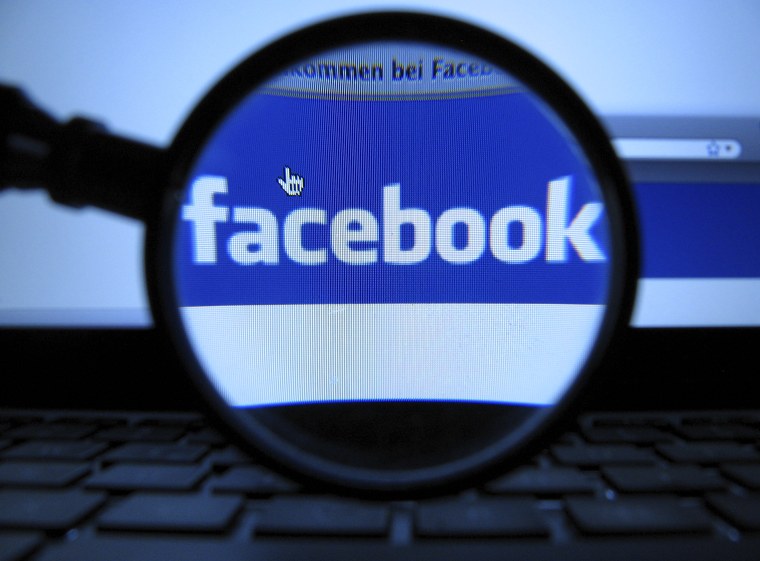As Americans have begun to learn more about Russian efforts to use Facebook last year to spread campaign propaganda, Donald Trump has been eager to dismiss its significance. Just 10 days ago, the president tweeted, "Keep hearing about 'tiny' amount of money spent on Facebook ads. What about the billions of dollars of Fake News on CNN, ABC, NBC & CBS?"
At first blush, the problem with messages like these is that Trump doesn't recognize the difference between American journalism and a Russian espionage operation. But as more details come into focus, there's a related problem: the Russian-backed election content was anything but "tiny."
An estimated 126 million Americans, roughly one-third of the nation's population, received Russian-backed content on Facebook during the 2016 campaign, according to prepared testimony the company submitted Monday to the Senate Judiciary Committee and obtained by NBC News.Underscoring how widely content on the social media platform can spread, Facebook says in the testimony that while some 29 million Americans directly received material from 80,000 posts by 120 fake Russian-backed pages in their own news feeds, those posts were "shared, liked and followed by people on Facebook, and, as a result, three times more people may have been exposed to a story that originated from the Russian operation."
The report added that the the 80,000 posts generated by fake Russian-backed pages doesn't include the 3,000 Facebook ad Russian entities purchased during the campaign.
To add some additional context to this, nearly 81 million Americans saw the first nationally televised debate between Trump and Hillary Clinton last fall. That was certainly a large audience, but it's far smaller than the 126 million Americans who were confronted with Russian campaign propaganda.
What's more, it's important to appreciate the recent evolution of the data. As Slate noted, Facebook originally downplayed Russia's use of the social-media platform, before conceding that 10 million Americans saw Russian-backed content. Following a series of reports, that total has now increased to roughly 126 million.
There's nothing "tiny" about this.
What's more, it's not the only platform drawing scrutiny. NBC News' report added that Twitter "also revealed Russian-backed entities played a larger role than previously disclosed. Two sources told NBC News Monday that the company found 36,746 automated accounts -- or bots -- that were linked to Russia between September 1 and November 15, 2016. The accounts tweeted 1.4 million times and were seen 288 million times."
